While learning Hebrew, I thought to share more notes that I found interesting about the language.
Sentence Structure
- The subject of the verb always follows the verb. If the verb follows the subject, then this is the past perfect form.
- Anytime two nouns are next to each other in Hebrew, this forms a construct. So the noun “king” ( מלך ) next to the noun “Israel” ( ישראל ) could be read as “king of Israel” ( מלך ישראל ). This differs from Russian in that when two nouns are next to each other in Russian without a declension, the meaning is that one is the other.
- Hebrew, especially ancient Hebrew, does not have punctuation. So when two nouns are side-by-side, it could be a list, or the end and beginning of a sentence as well. This is discerned by understanding the meaning of what is being read.
- Hebrew does not use periods, but rather a colon ( ׃ ) to indicate when a sentence ends.
Roots
Hebrew nouns and verbs are derived out of a three letter root, sometimes called a stem. Take a look at this root KTB below.

This root, depending on the vowels, can become a noun or a verb. It’s the same letters, but pronounced differently. Here’s the verb of that root, ka-tav which means “to write.”

And here’s the noun of those same three letters, ke-tav which means “a document.”
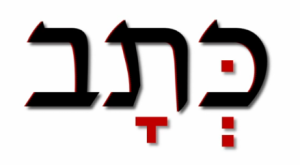
Just to reinforce this concept, let’s look at the root MLK below.
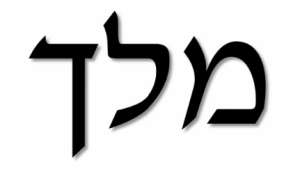
The verb of this root is ma-lakh which means “to reign.”

And the noun of this root is me-lekh which means “king.”

Using roots to make other words
These simple three letter roots can have additional letters appended to them to make different words. 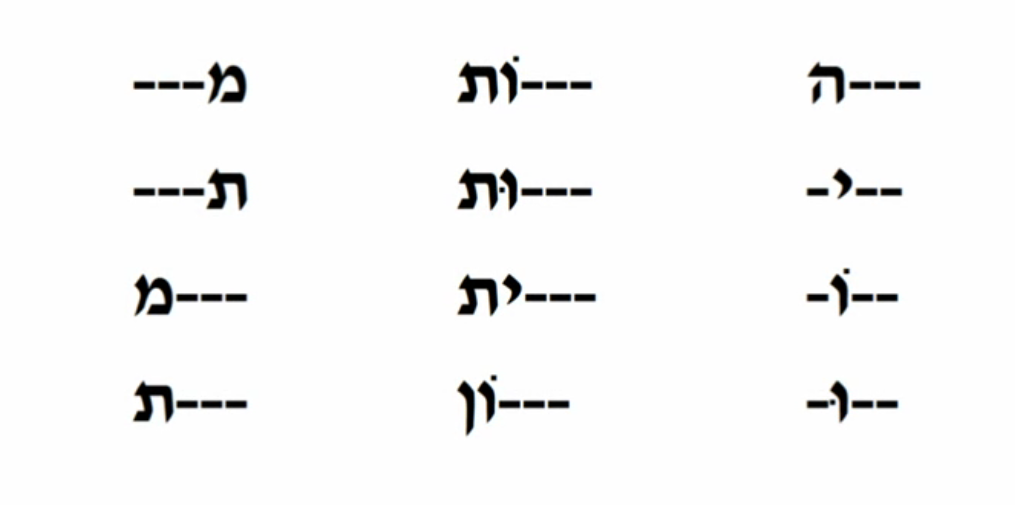 So we could add a tav to the end of the root, KTB, which would give us the word, ke-to-vet, which means “inscription.” like below.
So we could add a tav to the end of the root, KTB, which would give us the word, ke-to-vet, which means “inscription.” like below.

Or we could add the letter, mem, to the beginning of the word and get the noun, mikh-tav, which means “writing.”
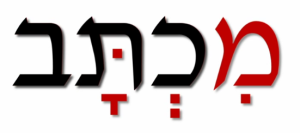
Then let’s add a hey to the end to get mal-kah, or “queen.” Adding a hey to the end is often a frequent way to form a feminine noun.

And we can add a vav and tav to the end to get mal-kut, which means “kingdom.” It’s important to see that the roots have a strong influence on the group of words associated with it.

Noun prefixes

Noun Suffixes
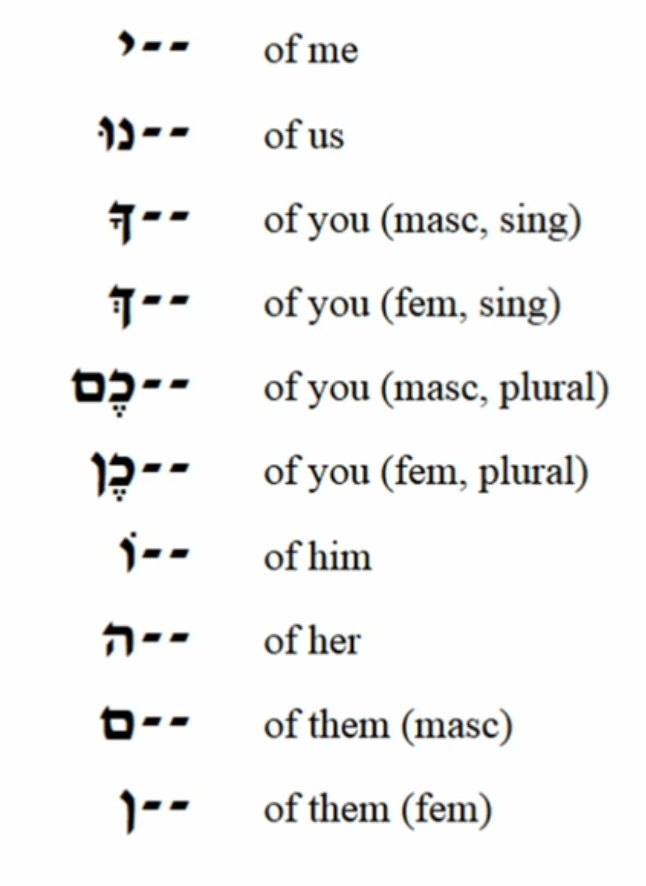

Leave a Reply